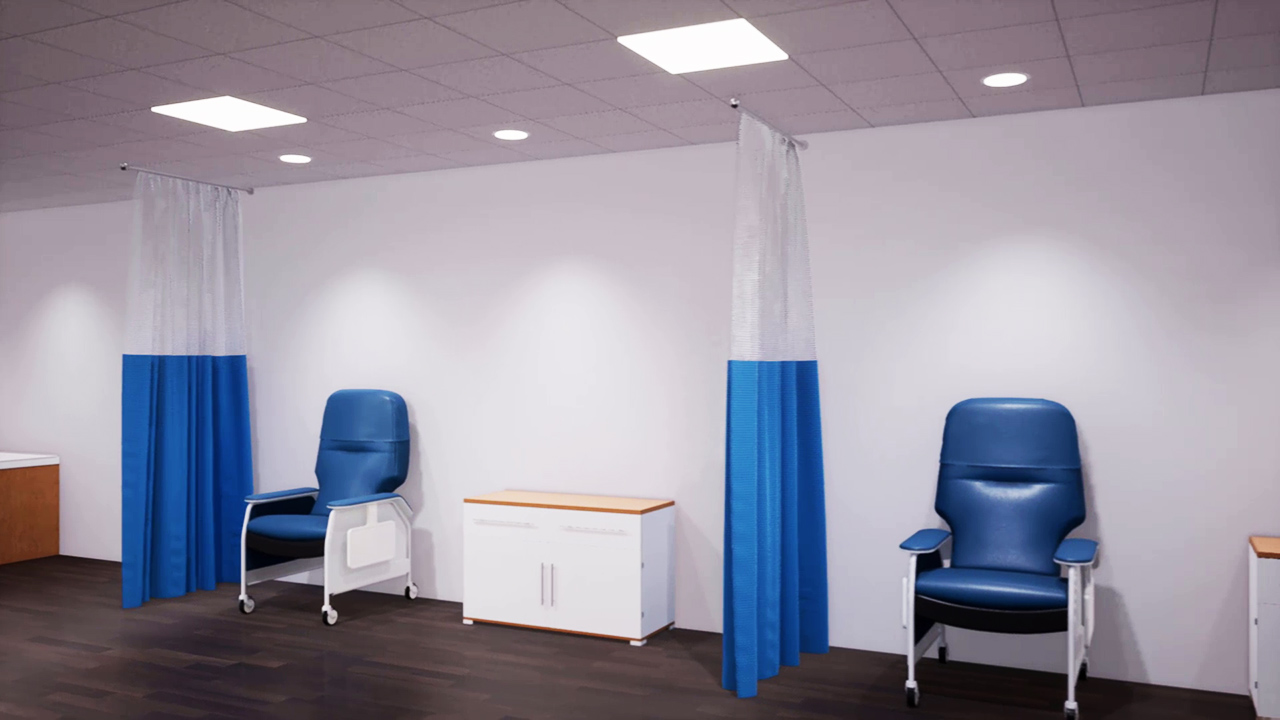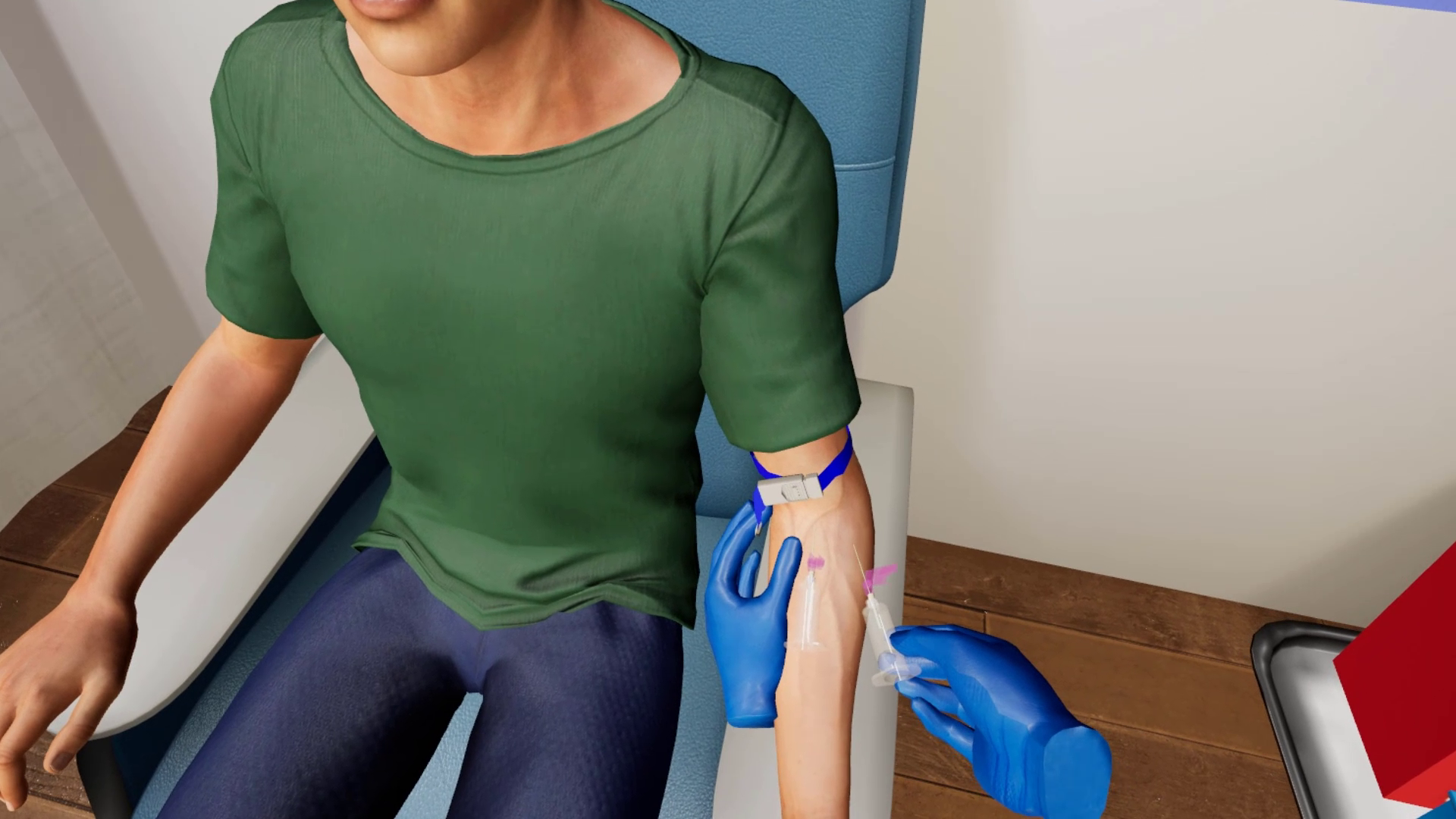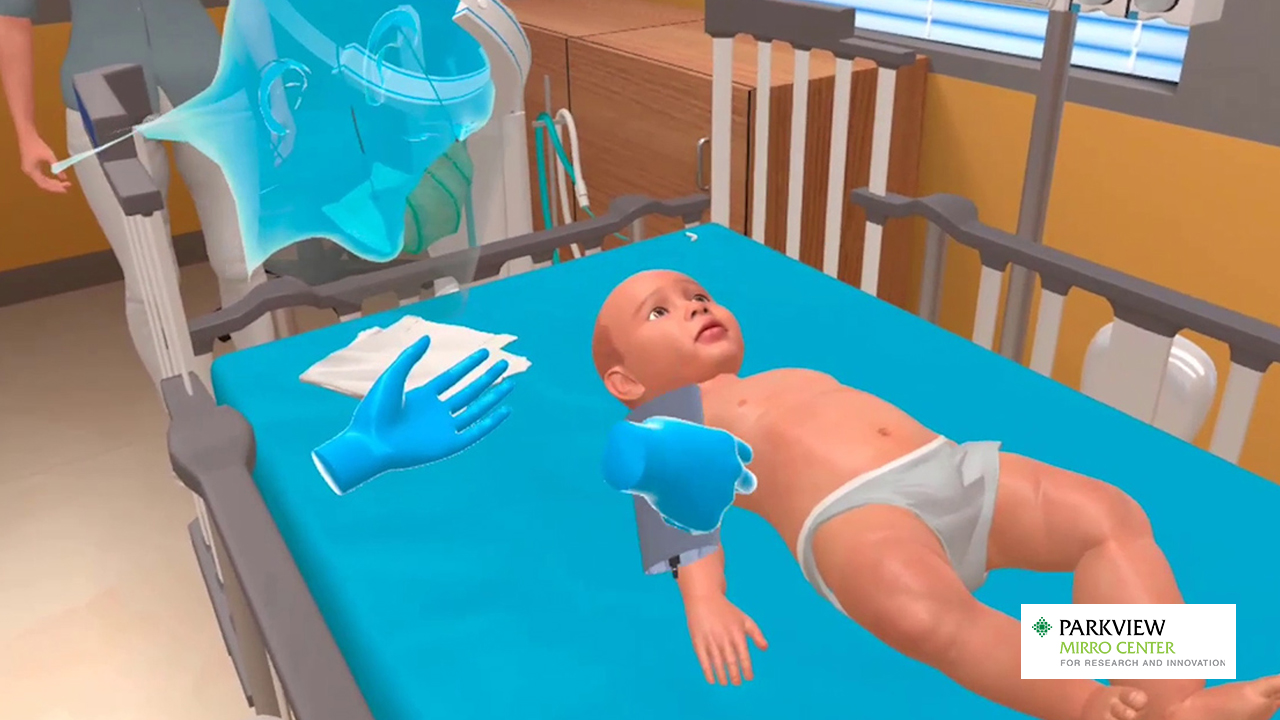
What is phlebotomy?
According to the Oxford dictionary it is ‘the opening of a vein in order to remove blood or put another liquid in’. The term has a Greek origin with ‘phlebo’ meaning vein and ‘tomy’ meaning ‘to make an incision’. The practice of phlebotomy has been around for centuries and was once performed to draw blood as a cure for diseases. Modern day phlebotomy practices also involve the ‘art’ of drawing blood but now with the purpose of diagnosing diseases.
Phlebotomy, an Art
Yes, you’ve read it right. I did mention phlebotomy as an ‘art’ and how is it not one? After all, it involves a process that calls for precision and care to be performed in a very delicate and definite manner. The vein has to be located accurately and a small puncture made in a manner that causes the minimum discomfort to the patient. All along the process, care must be taken to calm the nerves of anxious patients, act with patience and perform the task with finesse and efficiency. Achieving this level of expertise does not come automatically. It requires practice and that too, loads of it. Don’t all art forms call for similar attributes? The only difference between this ‘art’ form and all others is that the wellbeing of a patient is at stake here. There is no room for mistake. The canvas cannot be changed, the slate cannot be wiped clean. A mistake, no matter how small it is, may lead to severe consequences.
Making a good phlebotomist
So, what makes a good phlebotomist?
Eye for detail: Properly reading a doctor’s prescription, understanding the present state of a patient, looking out for any signs of discomfort in a patient, accurately sorting and labeling samples, locating the correct vein to puncture; all these acts call for precision and can only be achieved efficiently if the phlebotomist maintains an eye for details.
Empathy: Every patient is a new case. Some may be hassle-free while some may require a great deal of calming down and soothing. Maintaining an empathetic attitude can help interact with patients in a better manner and help smoothen the process.
Politeness: A blood test is one of the most common tests in disease diagnosis. This means that the phlebotomist may be the first person a patient encounters at a healthcare facility. Keeping in mind this fact, the phlebotomist must understand that he/she is also representing the facility and helping the patient and relatives form an opinion of the place. A little bit of public relations comes into play here.
These were personal attributes that help set the stage for the procedure. At the heart of this lies the process of making that puncture and drawing blood which finally draws the line between an efficient and inefficient phlebotomist. The most required quality called for here is . . . Confidence.
How does one gain this confidence to perform a blood puncture on a person? Definitely through practice. As someone rightly said, ‘confidence and courage come through preparation and practice’.
Phlebotomy training with MedVR Education
MedVR Education offers VR training and practice sessions for phlebotomy skills that can help reduce error rates to a large extent. Practicing with an emotion expressing virtual human helps practice the procedure with care and caution.
Venipuncture Using Evacuated Tubes – This VR module helps learners practice the process of collecting blood using the Evacuated Tube System (ETS). All necessary equipment required for the job are made available. The procedure is carried out on a virtual human in a close-to- real virtual lab environment.
Routine Venipuncture with a Syringe – Blood collection can be done with the help of a syringe also and this is what this VR module helps practice. In this module the learner is provided with all necessary items and is entrusted the task to draw blood using a syringe and transfer the blood to an evacuated tube.

Routine Venipuncture with a Winged Infusion Set – Winged infusion set or scalp vein set, this butterfly shaped device is another way to draw blood for examination. In this VR training session, the learner will complete the task of preparing the winged infusion set and drawing blood from a virtual patient.
Capillary Collection – The capillary collection method is preferred for infants and newborn but there may be circumstances where vein collection may not be possible. This module helps learners practice the capillary collection method using a puncture equipment and a collection device called bullet.
Role of MedVR Education
Practice is essential to perfect a skill and this is where MedVR Education steps in. The Phlebotomy course on MedVR Education’s XR Platform is a step towards helping aspiring as well as certified phlebotomists practice their skills to gain the much-needed confidence. Practicing with MedVR Education offers the following benefits:
-
Photorealistic virtual environments that present a close-to-reality experience
-
Multiple practice sessions to enable achieve the desired level of expertise and confidence
-
Risk-free practice sessions to help learn and rectify mistakes
-
Review self-performance for each skill performance and identify weak areas
-
Personalized feedback from instructor to improve upon weak or wanting skills
-
Exposure to possible problems that may arise during a procedure and the means to solve them
-
Off-the-shelf course that can be scaled to fit the requirements of organizations’ needs
Phlebotomy may be a very basic procedure performed at the initiation of treatment for most diseases. At the same time, it holds the key to many decisions a medical practitioner may make in the course of suggesting treatment and prescribing medication. This, in a way, makes this procedure a little too significant and calls for detailed attention, precision and utmost care. To start with, we can have well-trained and confident phlebotomists to ensure accurate testing and results.
Contact us to know more about VR in healthcare training, or visit our MedVR Education webpage to explore the various programs we offer.


